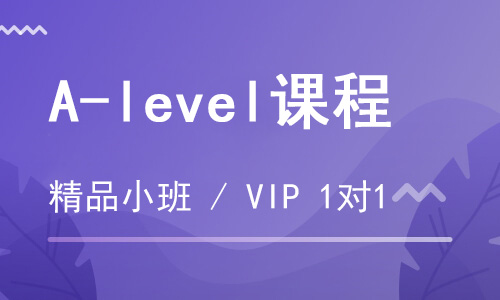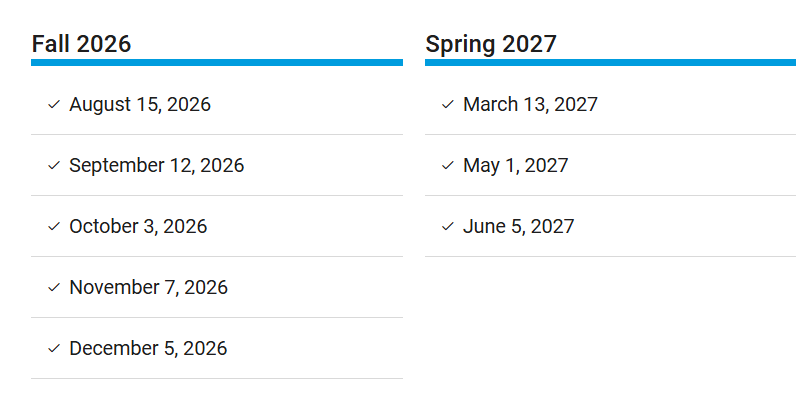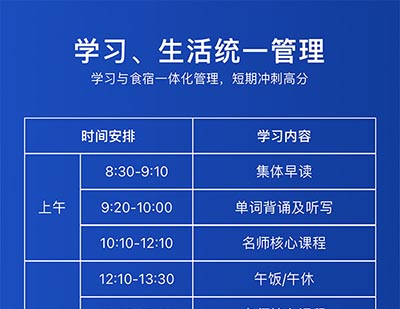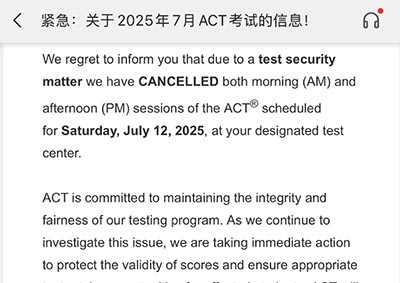相比于词汇和语法,内容才是一篇文章的关键。
就算一篇文章的句子再复杂,语法再正确,词汇再高难,如果内容空洞无物,同样没有价值。
而内容的积累,特别是抽象概念的具体化,则是同学准备写作过程中的难点所在。
本线上写作打卡群正是为了解决这一问题而来,提供了一种有效的积累表达和思路的方法。
不管是准备参加雅思还是托福考试的同学,都可以用这种方式有效地进行素材积累。
本打卡群通过“语料积累+翻译/总结练习”的形式为同学们提供一个积累写作素材的机会。
语料积累部分要求同学从所给文章中至少列出10个以上可以学习的表达;翻译部分则根据所给表达,写出三个有一定复杂度的句子;总结练习则以文章内容为基础,写一个100-150字的总结段落。
通过这几种方式,同学们能够比较高效地积累一些思路和语料,并掌握了一种提高写作能力的方法。
点评模板:文章
Zoos Are Not Prisons. They Improve the Lives of Animals.
The recent death of Harambe—the Western lowland gorilla shot dead at the Cincinnati Zoo after a three-year-old boy fell into his enclosure—has ignited a fierce debate about the role of modern zoos. Some critics have seized the tragedy as an opportunity to advance an uncompromising anti-captivity narrative in which all zoos and aquariums are inherently unethical and cruel.
To be sure, there are bad actors. The spawning of so-called “roadside zoos”—an exploitative enterprise known for its systematic negligence and abuse of animals—are some of the most egregious cases-in-point. But blunt and sweeping indictments of zoos and aquariums fail to account for how ethical institutions enrich and ultimately protect the lives of animals, both in human care and in the wild.
Responsible zoos and aquariums exist to facilitate and promote the conservation of animals. And the need for intensive conservation campaigns is now more urgent than ever before: Our world is currently in the midst of the “Sixth Extinction,” a term coined by Elizabeth Kolbert in her Pulitzer Prize-winning book of the same name. Unlike the five preceding die-offs, which were precipitated by natural events—such as those that killed off the dinosaurs, exterminating three-quarters of all species on the planet—the current mass extinction is a result of human activities encroaching on wild spaces.
Today's zoos and aquariums are uniquely positioned to combat those evolving threats. Using robust and sophisticated breeding programs, these institutions fund and facilitate countless initiatives to propagate species and preserve genetic biodiversity, and then reintroduce critically endangered or extinct species into the wild. Consider the Arabian Oryx, a striking breed of antelope from the Arabian Peninsula. The species was hunted to extinction in the wild nearly four decades ago, when the last wild Arabian Oryx was shot and killed in 1972. The Phoenix Zoo helped lead the ensuing breeding and reintroduction programs, which ultimately birthed more than 200 calves from just nine individuals. Now between Oman and Jordan, there are about 1,000 Arabian Oryx living in the wild.
The Arabian Oryx—which has since been removed from the endangered species list—isn’t alone. Breeding programs at zoos and aquariums have since saved numerous other species from extinction, including the European bison, the red wolf, and the Oregon spotted frog.
Even when animals are never introduced into the wild, placing them under human care can still improve the lives of their wild counterparts: modern zoos and aquariums serve as bases for observation and research, which then helps protect wild animals.
One compelling example is the study of animal infection and disease, currently the subject of numerous ongoing research projects at zoos worldwide. The Zoological Society of London, for instance, is developing innovative methods to assess the risks of animals contracting disease when they’re reintroduced into the wild. Smithsonian’s National Zoo in Washington is leading global research efforts on the detection and treatment of the sometimes-fatal elephant herpes virus, with the ultimate goal of developing an effective vaccine to be administered to the species in both zoo and wild populations. And the San Diego Zoo retains a staff of 20 experts dedicated to the study of treating wildlife diseases that threaten conservation.
Of course, the positive contributions of zoos and aquariums in conserving wild animals cannot—and should not—outweigh the health and well-being of the animals living under the care of these institutions. That’s why American Humane Association is launching a global initiative to elevate the welfare standards of zoos and aquariums worldwide. The Humane Conservation program will be the first third-party certification devoted solely to verifying that animals living in these institutions are healthy, positively social, active, safe, and living with proper light, sound, air, and heat levels. And these standards will be set not by zoos but instead an independent collection of world-renowned experts in the fields of animal science, behavior, and ethics—a sharp departure from most existing accreditation programs, which are vulnerable to accusations of conflicts of interest and leniency.
To some detractors, the humane certification of zoos and aquariums is an oxymoron. But vast empirical and academic research discredits this black-and-white view. Animals in zoos and aquariums today can live longer, healthier, and richer lives than their forbearers ever did in the wild. Go see for yourself. (709 words)
表达
1. ignite a fierce debate 引发激烈讨论
2. advance a narrative 提出观点
3. inherently unethical and cruel 本质是不道德和残忍的
4. urgent need 紧迫的需求
5. combat threats 应对威胁
6. Arabian Oryx, a type of antelope 一种羚羊
7. counterpart 同等地位的另一方
8. serve as bases for research 作为研究的基础
9. a compelling example 一个有趣的例子
10. develop a vaccine 研发疫苗
11. launch an initiative 提出计划
12. oxymoron 悖论
翻译下面句子:
动物园本身是否是不道德和残忍的引发了激烈讨论(ignite a fierce debate)
Whether zoos are inherently unethical and cruel has ignited a fierce debate.
动物园能够有效应对由人类活动造成的物种大规模灭绝危机(combat threats)
Zoos can effectively combat threats of mass extinction caused by human activities.
尽管存在一些忽视和虐待动物的情况,但还是有人认为动物园给动物带来的好处超过(outweigh)了坏处
Although negligence and abuse of zoo animals exist, some still believe the benefit brought by zoos to animals outweighs the drawback.
总结:How do zoos benefit animals? (100-150 words)
Zoos benefit animals in the following aspects. Responsible zoos and aquariums can facilitate and promote the conservation of animals by using robust and sophisticated breeding programs to preserve biodiversity, and these endangered species can be reintroduced into the wild. Arabian Oryx, a type of antelope, is an example of this. Even when animals are not sent back to nature, zoos still bring benefits to animals. Modern zoos and aquariums can be served as bases for observation and research, improving the life quality of their wild counterparts. Smithsonian's National Zoo in Washington, for instance, is a leading global research on detection and treatment of sometimes-fatal elephant herpes virus, with the ultimate goal of developing an effective vaccine to be administered to the species in both zoo and wild populations. (128 words)
写作能力提升课课程时间安排(参考)

部分课堂老师

本网站注明"来源:朗思教育"的所有文字、图片和音视频稿件,版权均属杭州朗思教育咨询有限公司所有,任何媒体、网站或个人未经本网协议授权不得转载、链接、转贴或以其他任何方式复制、发表。
已获得本网站授权的媒体、网站,在使用时必须注明"来源:朗思教育",违者本网将依法追究法律责任。
课程推荐
-

【朗思】雅思基础S1冲刺6分
滚动开班 课时数:24/72课时 -

【朗思】托福预备C冲刺90分课程
滚动开班 课时数:32/96课时 -

【朗思】新SAT 1400分强化班
滚动开班 课时数:32/96课时 -

【朗思】GMAT基础培训课程
滚动开班 课时数:24/72课时 -

【朗思】A-level VIP 1对1课程
滚动开班 课时数:/
















